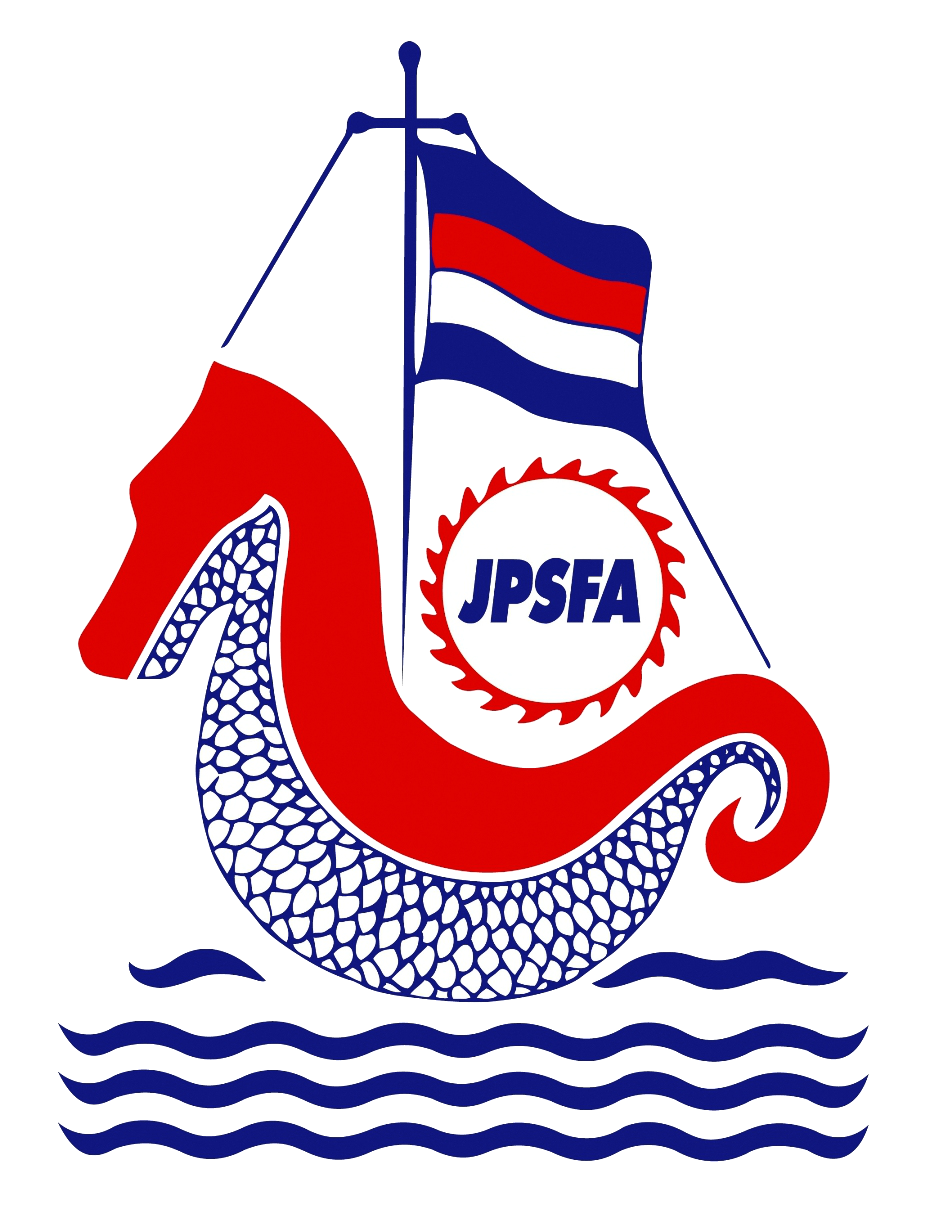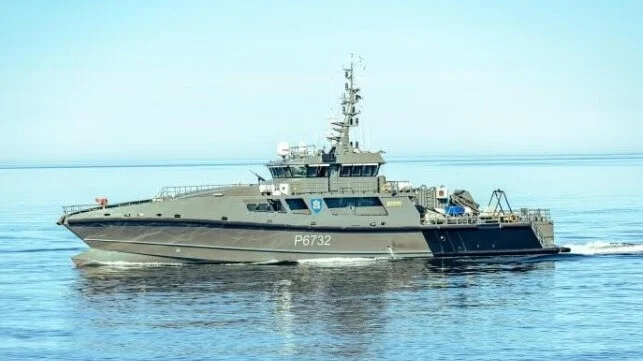The nations of the Baltic region, including Estonia, Lithuania, Sweden, and Finland, all report they have launched new efforts to monitor and protect critical undersea infrastructure in response to the Christmas Day incident which damaged a key power cable between Finland and Estonia as well as internet connections. While the possibility of invoking the mutual protection clauses of the NATO Treaty was mentioned, the EU and NATO immediately said they would also move to increase protection of the critical infrastructure.
Estonia’s Foreign Minister Margus Tsahkna stated that the frequency of the incidents in the Baltic made it difficult to believe they were all caused by accidents or poor seamanship. In addition to this week’s damage to the power and internet cables, they highlighted last month’s severing of two telecom cables in Swedish waters which have been linked to a Chinese vessel. Last year, another Chinese vessel was suspected of damaging a gas pipeline running between Finland and Estonia, and the 2022 damage to the Nord Stream pipelines remains under investigation for sabotage.
The governments of Finland and Estonia each convened meetings and reported that their presidents had discussed the situation as Finland leads the investigation into this week’s damage to the cables. Prime Minister of Estonia Kristen Michal highlighted the close cooperation between the two countries noting Finland’s detention of the tanker Eagle S was the first time a suspect ship has been held.
Michal stressed while the investigation is underway, “the most important thing right now is to increase the level of protection of infrastructure at sea and on land.” The Prime Minister sought to reassure everyone saying that Estonia’s security of electricity and Finland-Estonia communication services are not at risk.
Estonia’s Minister of Defense Hanno Pevkur and Commander of the Defense Forces Major General Andrus Merilo announced on Friday, December 27, that the Estonia Navy has sent its patrol ship Raju into the Baltic to protect the Estlink 1 cable, a second but smaller 358 MW cable running between Estonia and Finland.
“The task of the Defence Forces is to repel military attacks against the Republic of Estonia. The Defence Forces are also ready to prevent attacks on our energy infrastructure at sea using non-military means and to organize military cooperation in ensuring maritime security,” said Major General Andrus Merilo.
Lithuania also reported on Friday that its navy has increased surveillance and patrols in the Baltic. The Swedish Coast Guard said that it is cooperating closely with the Swedish Navy and other government agencies. Sweden said it will increase its presence for maritime surveillance with vessels and aircraft to protect critical undersea infrastructure.
News of the increased patrols came after the European Commission issued a statement on Thursday reporting, “We are strengthening efforts to protect undersea cables.” Among the efforts mentioned were enhanced information exchange, new detection technologies, and undersea repair capabilities.
Estonia’s Prime Minister Michal however issued a call on TV for reinforcements from NATO to act as a further deterrent. He said Estonia, if necessary, would invoke Article 4 of the NATO Treaty that provides for mutual support if any one nation feels threatened.
“We need to create a better picture, together with our allies, of what is happening with our critical infrastructure, both underwater and above water. It is not possible to protect every square kilometer all the time, because the perpetrators only need to succeed once, but the defenders need to succeed every time. The navy, together with various NATO allies, must take a more active stance in guarding and monitoring critical infrastructure,” said Prime Minister Michal.
Finland’s President Alexander Stubb and the Ministerial Committee on Foreign and Security Policy also said after its meeting that “Finland considers it important to increase NATO’s maritime presence in the Baltic Sea in order to secure underwater infrastructure.” Stubb told a news conference that Finland and Estonia had agreed to communicate to NATO a wish for a stronger presence.
NATO Secretary General Mark Rutte reported that he had spoken with Finland’s president. Rutte posted a message on social media saying, “I expressed my full solidarity and support. NATO will enhance its military presence in the Baltic Sea.”
Estonia also reports it will seek new measures at the International Maritime Organization to strengthen the legal ramifications. The Ministry of Justice and Ministry of Foreign Affairs will lead the effort saying that with the allies, it must strive to ensure that the law of the sea also becomes more modern. “There must be a better way to stop these ships,” said Prime Minister Michal calling for ways to identify the perpetrators more quickly.
Finland has said it believes the tanker Eagle S which damaged the cables this week is part of Russia’s shadow fleet of tankers for the oil trade. Russia has remained silent on the matter saying it was a matter for the Western countries. Russian officials in the past denied involvement in any of the Baltic infrastructure incidents.

